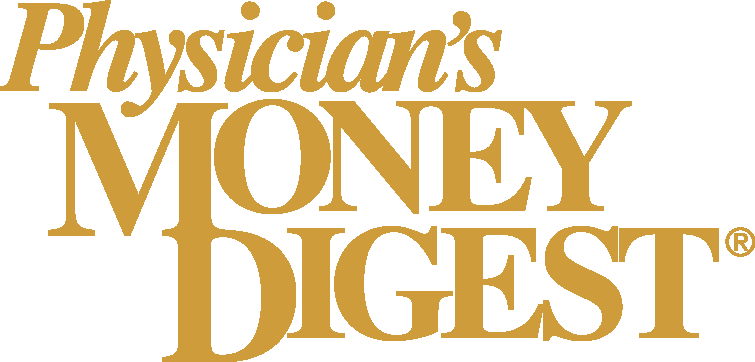Article
The Value Added by Improving Patient Engagement
Author(s):
The majority of physicians understand the importance of improving patient engagement, but time constraints prevent them from being able to successfully connect.
The attributes most valued by patients in their physicians include interpersonal skills and bedside manner, according to a recent online report, The Vitals Index.
In addition, a Gallup Business Journal report highlights the importance of healthcare providers focusing on improving patient engagement, as well as the overall patient experience.
Notice a trend?
David Harrison, MD, US medical director for Best Doctors, Inc., and an internist at Massachusetts General Hospital, says most physicians get it.
“I think that among the vast majority of physicians there is a real recognition of the importance of improving patient engagement,” Harrison says. “Being able to have that positive rapport with the patient — really listen to the patient — is not only good for the patient experience, but it’s also the right thing to do medically.”
However, most physicians also agree that the single most important obstacle preventing them from connecting with their patients is time.
Clash of agendas
Among the various trends in healthcare today, pay for performance is a positive one, Harrison says. Physicians are not just being paid for patient visits, but for meeting specific quality measures, such as ensuring that patients have age appropriate cancer screenings. That, he says, is a good thing.
“But one of the challenges today is that patients come to the doctor visit with their own agenda and issues they want to address,” he says. “And the physician’s agenda is becoming longer as well.”
Combined with the financial pressures that still exist to see a high volume of patients, it can make even well-meaning physicians more likely to interrupt and less likely to listen to their patients. And listening, Harrison says, is a key element to improving patient engagement.
“I often tell colleagues and students, ‘Listen to your patient. He’s telling you the diagnosis,’” Harrison says. “Listening to the patient is not only good for the patient experience, but it’s also the right thing to do medically.”
Free up time
One of the strategies recommended by the Gallup report for improving patient engagement is to engage patients at the time of admission, or when they first enter the medical practice for an office visit. Harrison recommends building on that strategy by off-loading as many tasks as possible.
For example, more medical practices are implementing patient portals, or gateways, where patients can log-in to a secure site and have questions and more administrative tasks addressed. Patients can also interact with their physicians before and after the visit. Then, when the patient is sitting in front of the doctor, the doctor doesn’t have to use time to sift through patient medication refill lists, or trying to schedule referrals.
“The idea is that all of those administrative things would be taken care of before the visit, and the patient’s agenda can then be front and center with fewer distractions,” Harrison explains.
Of course, there are certain things that cannot be accomplished outside the physician’s office, such as laying hands on the patient and making eye-to-eye contact to develop that direct connection. But Harrison insists there are a “plethora of tasks” that can be accomplished without the patient’s physical presence at the medical practice.
“We are moving in this direction where nurses and office managers will be able to utilize technology to off load physicians, and thereby increase the amount of time physicians are able to spend with patients,” he says. “But we’re not there yet.”
Financial impact
The Gallup report’s other strategies for improving patient engagement include: helping certain patients understand test results; proactively meeting patient needs; demonstrating empathy; coordinating proper communication across the continuum of care; and coordinating discharge processes.
As for the impact a lack of patient engagement might have on a medical practice, Harrison says that presently, in a largely fee-for-service world, there still exists strong financial pressure to “move ’em in and move ’em out.” But that could change.
He explains that in a pay-for-performance environment, physicians will potentially be facing more penalties for delivering inefficient care, or ordering unnecessary tests and generating costs. Physicians who won’t engage their patients could end up with dissatisfied patients, who might find other physicians, and patient retention could decrease.
However, the physicians who engage their patients successfully will be in a much better position to explain the pros and cons of diagnostic tests and treatments. Many times an educated consumer will realize the most aggressive intervention is not in his or her best interest.
Having that relationship of trust, by being able to decrease the ordering of unnecessary tests while still validating the patient experience, that can help improve the physician’s bottom line.
“When you’re more on the hook to control the costs and provide quality, then, yes, patient engagement will become much more valuable,” Harrison says.











